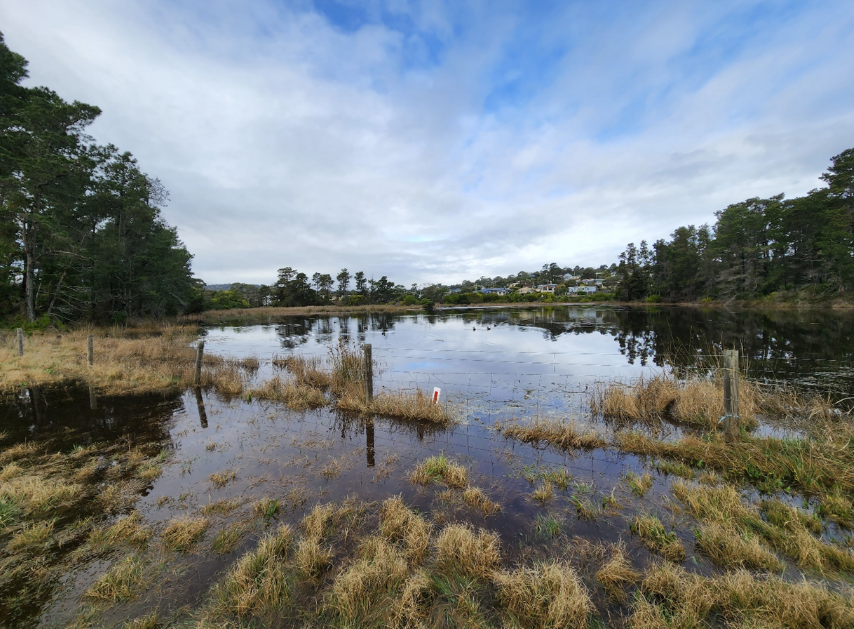Blue Lagoon Management Plan
September 2025
Council has engaged consultants to prepare a comprehensive report on the management of stormwater flowing into and out of the Blue Lagoon. This work is aimed at improving water quality and ensuring the long-term health of the lagoon environment.
In addition, Council is actively working with Landcare groups and the Institute for Marine and Antarctic Studies (IMAS) to ensure a collaborative, science-based approach to the future management and protection of the Blue Lagoon.
These partnerships will help guide future decisions and ensure the lagoon remains a valued natural asset for both the community and the local ecosystem.

